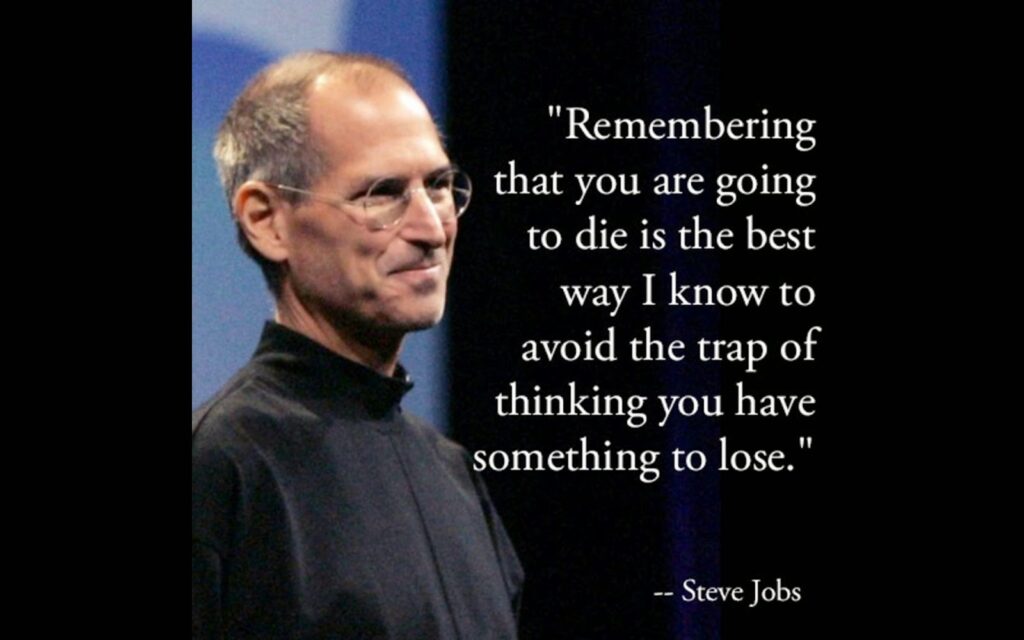
The biggest mistake a manager can make is to focus too much on managing his people’s attitudes and personality types rather than motivating them, showing them how to do the job, setting a transparent work process with clear objectives.
Working with various managers in different countries has allowed me to notice a trend. Where there is lack of knowledge there is waste of time and money. When someone assumes a managerial position and lacks the managerial knowledge on how to manage a team or a project, chances are the company is losing money.
It was demonstrated in the literature that, team members often inappropriately stereotype colleagues from other cultures rather than accurately seeing and assessing their skills and potential contributions to the accomplishment of a particular task; this is why the most suitable manager for an international group is the one who is able to set an example of decision making free from national biases and who keeps a constant flow of information available for the group concerning the work achievements of its members in order to help them to evaluate each other on the basis of facts and not national origins.

Miscommunication and misunderstanding come at a high cost because they enhance the team’s ineffectiveness. This is why bridging the communication gap in a diverse workplace is essential to avoid damaging emotions or relationships. Stress can be the outcome of miscommunication within a diverse team, which logically would create tension among employees. This fact will affect the different perceptions and a negative self-fulfilling prophecy will be the result of such an environment.
Judging cultural differences as good or bad usually leads to inappropriate, offensive, racist, sexist and ethnocentric attitudes and behaviors. Recognizing differences has the opposite effect. This is why enhancing the learning transfer from one culture to the other will increase effectiveness and productivity. By understanding the different advantages and disadvantages of diversity, a manager can predict what type of problems he or she would be confronting in the future and try to find ways to avoid them.
Since some research has shown that people do not want to set aside their cultural values, lifestyle preferences, and identities in work life; Storytelling is considered as a good solution. In fact, “Stories help us to make sense of what we are, where we come from, and what we want to be”. This is why by using memorable and easy to understand stories, we can establish a common credible ground for everyone within a diverse team.
Narratives also create a sense of empathy from a cognitive and emotional position to help understand the experiences and worldviews of others. In fact, stories serve a persuasive communication function for organizations by representing personal, interpersonal, and corporate perspectives. They help reduce organizational uncertainty by quickly disseminating information, frame organizational events through their value-laden features, and promote organizational culture identification by establishing a social context for members.
When managing a team, I highly recommend setting clear objectives, deadlines and that you use success stories related to a work process. Each one of us has different perceptions, this is why a story can build bridges to attain your goals.

